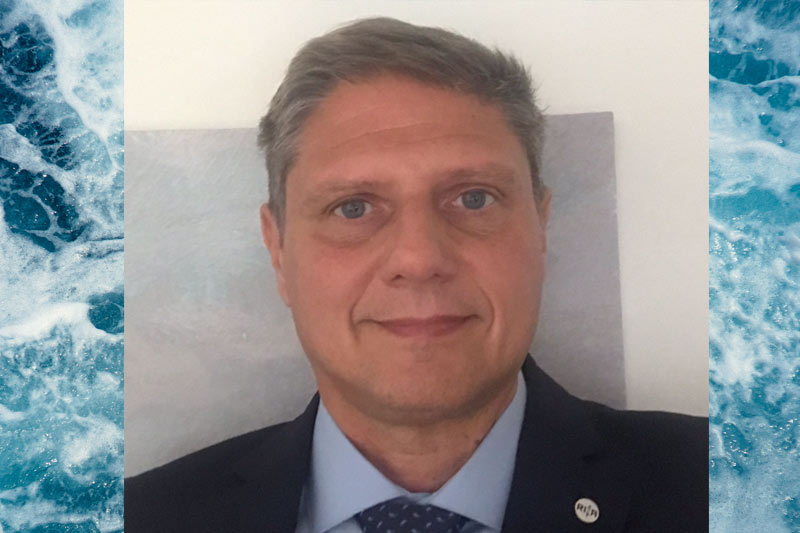“We may deal with drydocks foreseen by SOLAS, class rules, ship enhancements, or we may be called in for an unplanned drydock due to an unfortunate event,” said Captain Giorgio De Sciora, Global Director, Passenger Ships Excellence Center at RINA.
The trends are about keeping ships in full compliance, he continued, with a move toward accelerating bigger projects.
“COVID has presented a unique opportunity to the cruise lines to perform their extended maintenance plans ahead of time,” De Sciora noted, in an interview with Cruise Industry News. “Major refurbishments planned for 2024, 2025 and 2026 are happening now.
“We are dealing with projects involving many aspects, including, but not only, green packages, how to reduce emissions, modernization of hotel areas and high-tech enhancements.”
Changing Scope
De Sciora said that the role of class societies has changed dramatically in the last 10 years, moving from a recognized organization acting on behalf of the flag state to working everyday with their cruise line clients on added value services.
“It’s an open partnership to cover all needs shipowners may have. As an example, we may carry out supervision acting as a project manager during a drydock, which can sometimes involve new technologies that can be tested aboard.
“Often we find ourselves needing to conduct studies on how to fit in new technologies with the current requirements,” De Sciora said, adding that often the rules are well behind new technology.
“Almost every day we are hearing from operators with an idea of improvements. The idea may be good, but we have to make sure international safety standards are met.”
Remote Work
Remote inspections started well before pre COVID-19, according to De Sciora, and has since accelerated.
New mobile apps can be used globally, allowing RINA’s live streaming technology to be used to invite relevant subject matter experts, flag state representatives and more.
Examples of remote inspections include reviewing minor deficiencies which can be solved onboard.
“The crew onboard and shoreside personnel are getting more used to it, and it makes remote service more normal,” he explained.
Getting a ship ready to operate again after lay up takes 60 to 70 days.
While crew have been maintaining vessels during lay up, issues come up as they are prepared for revenue service again.
“All parties need to act quickly, and there are also COVID requirements to be taken into account,” De Sciora said.
Main Class Items
“When we deal with ships, each one is its own story,” De Sciora said, adding that a routine drydock was on average three weeks.
“We have to consider the age of the vessel and its operational history,” he said, also mentioning that the shipowners’ maintenance program is key – whether they have spent accordingly over the years to keep the ship in good condition.
“If the ship went through a particular structure-impacting event, for example, or if a vessel is always in Polar Regions, the maintenance will be different and our concern as a class will focus more on structural stresses and fatigue of the hull … for example, the junction between the stabilizer and the hull, the rudders, or even the thruster tunnels.”
Other key items are inspecting fire main water lines, bilge wells and sea valves or the presence of pitting corrosion, are very important, De Sciora added.
Going Green
Drydocks present a key platform to embrace decarbonization and environmentally-friendly operations., De Sciora added, giving cruise lines the opportunity to implement new technologies to improve efficiency, together with systems to monitor and optimize operations from ashore.
“When emissions need to be monitored and reduced, the focus moves on having proper tools to collect reliable information onboard thus enhancing decision making ashore,” he said.
“From electronic logbooks to live monitoring of scrubber systems, from onboard data collection to building the hydrodynamic digital twin of the vessel to be used in performance management and weather routing, RINA digital solutions are meant to support shipowners in being resilient and efficient.,” De Sciora said. “As economic impact is not to be neglected either, RINA offers the powerful asset management software to plan, monitor and follow up on drydocks and fleet maintenance operations.”




